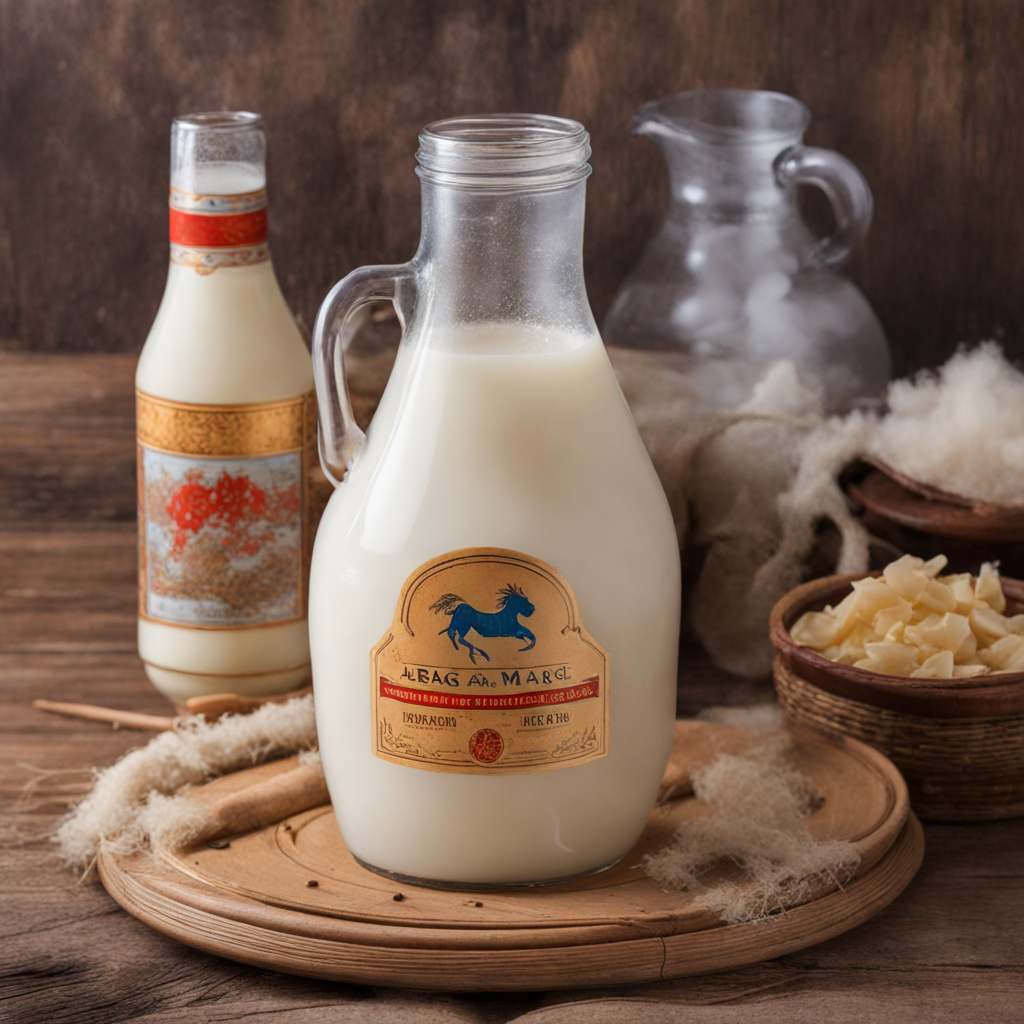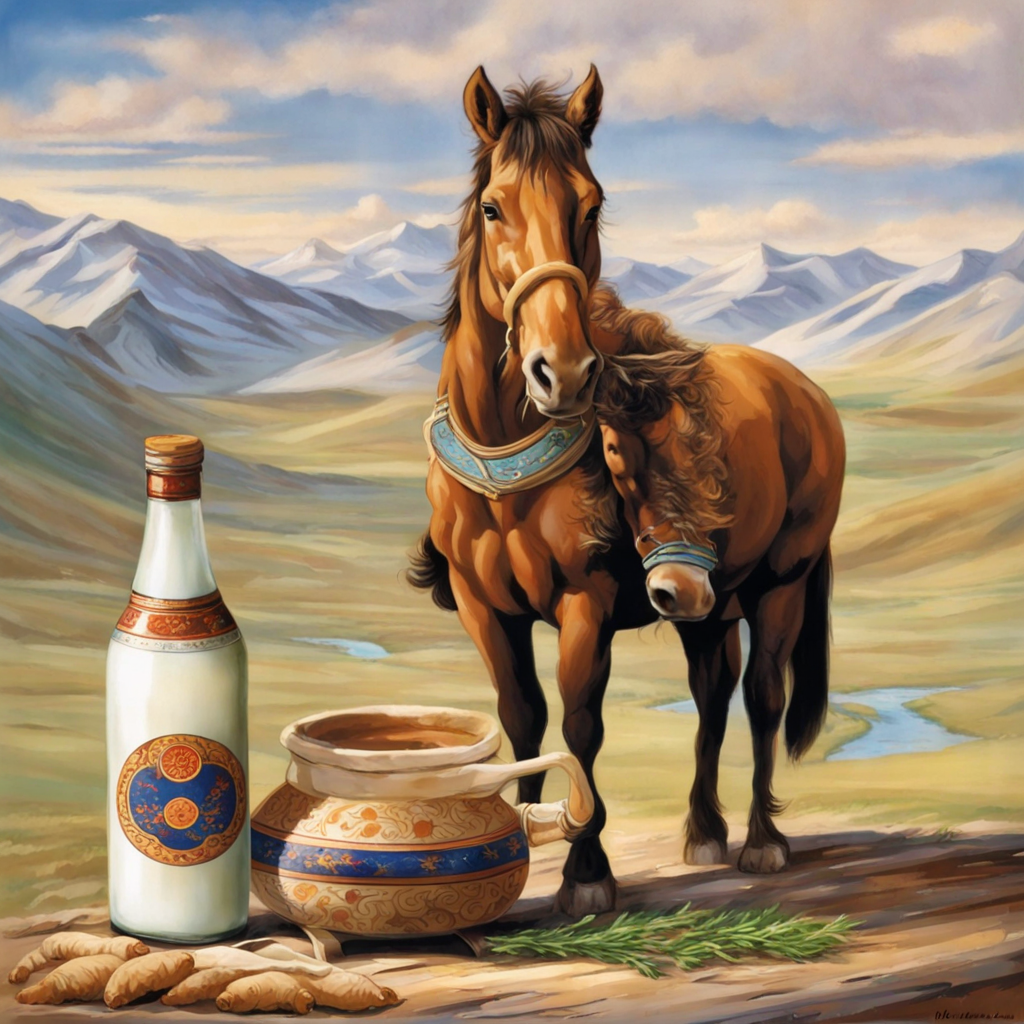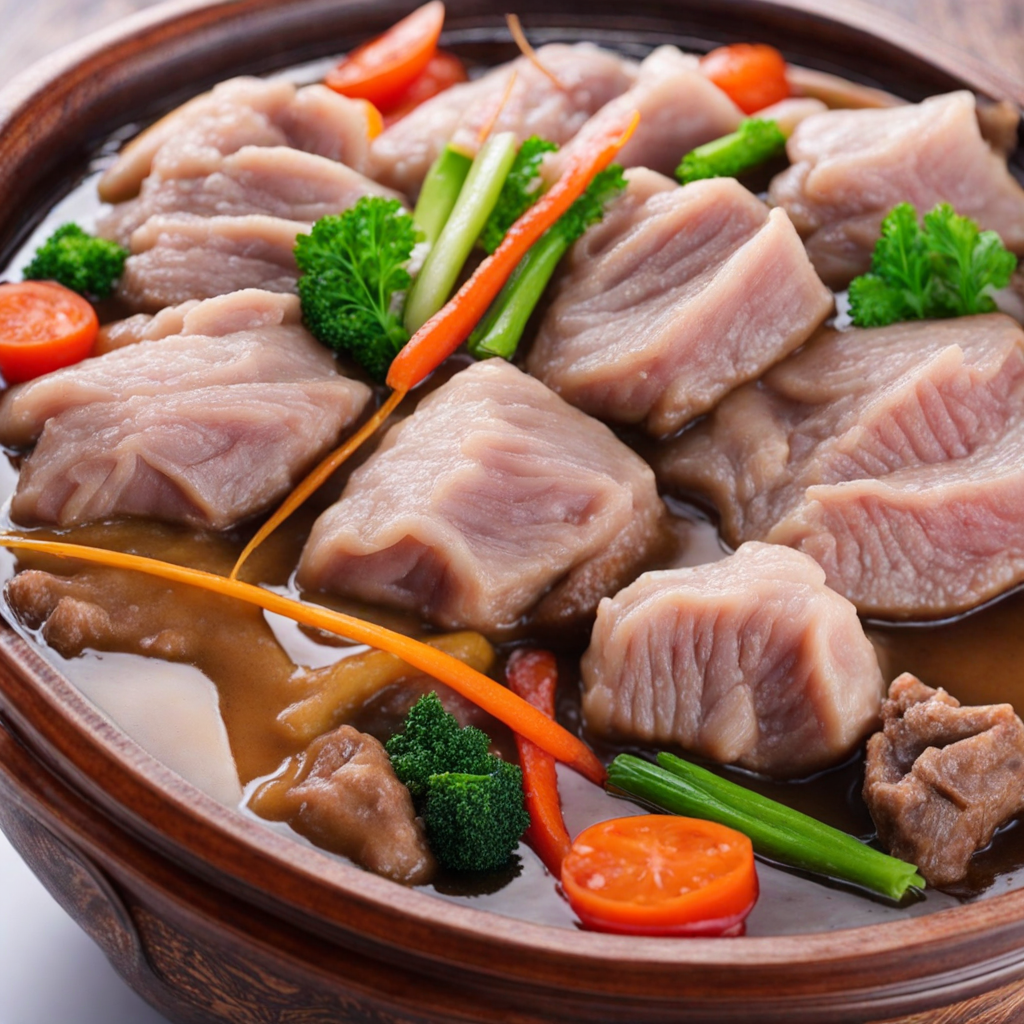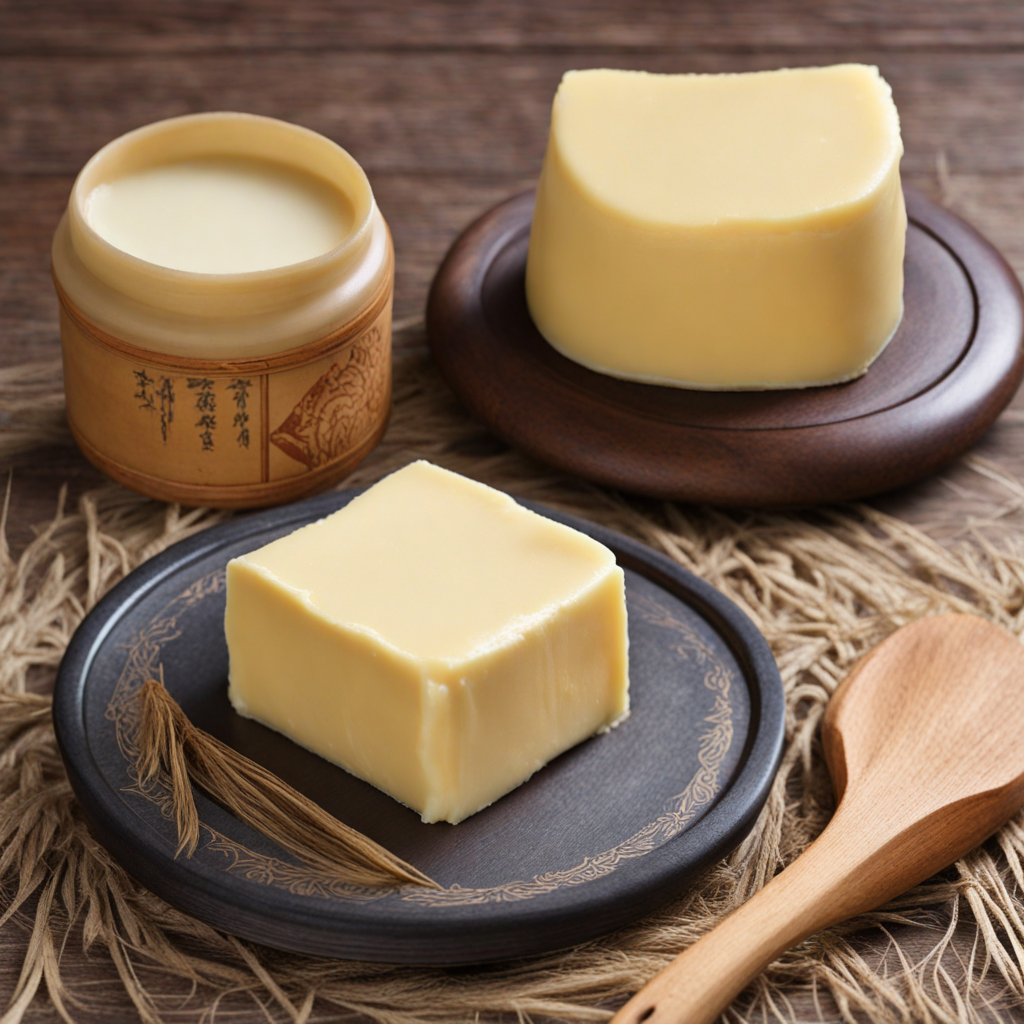Airag
Айраг, or "airag," is a traditional fermented dairy product from Mongolia, revered for its unique flavor and cultural significance. This beverage is made from the milk of mares and is particularly popular during the summer months when the nomadic lifestyle of the Mongolian people is in full swing. The preparation of airag is not just a culinary process; it is a social activity that brings families and communities together, reflecting the deep-rooted traditions of Mongolian nomadic culture. Historically, the practice of fermenting mare's milk has been integral to Mongolian society for centuries. The origins of airag can be traced back to the Mongolian steppes, where horses have been a vital part of daily life. Mare's milk is preferred for airag because it has a higher sugar content than cow’s milk, which allows for a more effective fermentation process. The nomads, who relied on their herds for sustenance, developed airag as a means to preserve milk during the short summer grazing season. The beverage has since become a staple at celebrations, festivals, and everyday gatherings, symbolizing hospitality and generosity. The flavor profile of airag is distinctive and complex. It has a mildly sour taste due to the fermentation process, which can vary in intensity depending on the fermentation time and conditions. The effervescence is another notable characteristic, as the drink is mildly carbonated, offering a refreshing quality. Airag can have an earthy undertone, with hints of sweetness, and the flavor is
How It Became This Dish
The Engaging History of Айраг: Mongolia's Fermented Mare’s Milk #### Origins: The Birth of Айраг Айраг, pronounced "airag," is a traditional Mongolian beverage made from fermented mare's milk. Its roots trace back to the nomadic tribes of Central Asia, particularly the steppes of Mongolia, where the unique climate and lifestyle shaped not only the people but also their culinary practices. The origins of айраг can be linked to the domestication of horses, which occurred around 3000 BCE. As horses became integral to the Mongolian way of life, so too did the practice of utilizing their milk. Mares were prized for their milk, which is richer in vitamins and nutrients compared to cow's milk. The fermentation process that produces айраг is thought to have begun as a practical solution for preserving milk during the harsh Mongolian winters. The nomadic lifestyle meant that refrigeration was non-existent, and fermentation offered a way to extend the shelf life of this vital food source. #### Cultural Significance: A Drink of Tradition Айраг is much more than just a drink; it is a symbol of Mongolian identity and culture. Historically, it was consumed by both commoners and nobility, serving as a staple in the diet of pastoral nomads. The drink carries deep cultural significance, often associated with hospitality and communal gatherings. In Mongolian tradition, offering айраг to guests is a sign of respect and goodwill, and it is frequently served during celebrations, festivals, and family gatherings. The drink also has a spiritual component, as it is often included in rituals and ceremonies. For example, during the Naadam Festival, which celebrates the "Three Manly Games" (wrestling, horse racing, and archery), айраг is consumed as part of the festivities. It is also used in rituals to honor ancestors and the spirits of nature, showcasing its importance in the spiritual life of the Mongolian people. Moreover, the preparation and consumption of айраг involve traditional practices that have been passed down through generations. The process of fermentation, which can take anywhere from several hours to a few days, is a communal activity, often involving family members working together. This aspect of preparation reinforces social bonds within families and communities. #### Development Over Time: From Past to Present As Mongolia transitioned from a nomadic lifestyle to a more settled existence in the 20th century, the production and consumption of айраг also evolved. The socialist period brought about significant changes in agricultural practices, including the establishment of collective farms. While this led to increased production of dairy products, it also altered the traditional methods of making айраг. State-run dairies began to produce and sell it on a larger scale, making it more available to the general population. Despite these changes, the essence of айраг as a cultural staple remained intact. In urban areas, especially in the capital city of Ulaanbaatar, айраг has found its way into restaurants, cafes, and markets, catering not just to locals but also to tourists seeking an authentic taste of Mongolia. The rise in interest from international visitors has spurred a revival of traditional production methods, with some artisans returning to the old ways of making айраг to preserve the authenticity of the drink. Today, айраг is experiencing a renaissance. While it is still widely consumed in rural areas, urban dwellers are rediscovering its value, both nutritionally and culturally. Health-conscious individuals are drawn to its probiotic properties, which are believed to aid digestion and boost the immune system. This modern interest aligns with a global trend towards fermented foods, making айrag not just a local delicacy but a part of the broader narrative of health and wellness in the contemporary world. #### The Making of Айраг: Traditional Techniques The traditional method of making айrag involves several key steps. Fresh mare's milk is first collected, ideally from mares that have recently foaled, as this milk is richer and sweeter. The milk is then poured into a large container, traditionally made of wood or leather, and mixed with a previous batch of fermented milk or a starter culture to kickstart the fermentation process. The mixture is stirred vigorously, often using a traditional churn called a "khokh," which is a wooden tool that helps incorporate air into the milk, facilitating fermentation. The stirring process can take several hours, and it is often accompanied by singing or storytelling, adding a communal and festive atmosphere to the activity. After the initial stirring, the mixture is left to ferment at room temperature for one to three days, depending on the desired taste and alcohol content. The resulting product is a slightly effervescent, tangy beverage with a low alcohol content, typically around 2% to 3%. The flavor profile can vary significantly based on factors such as the mare's diet, the fermentation time, and regional variations in preparation techniques. #### Conclusion: A Living Tradition In summary, айrag is not just a beverage; it is a living testament to the resilience and adaptability of Mongolian culture. From its ancient origins as a means of sustenance for nomadic tribes to its current status as a cherished symbol of hospitality and community, айrag has evolved while maintaining its core significance. As Mongolia continues to navigate the complexities of modernization and globalization, айrag stands as a reminder of the importance of traditions and the deep connections that people share with their food, their land, and each other. It encapsulates a rich history that is both unique to Mongolia and part of the broader human experience of fermentation and communal living. As more people discover the joys of this traditional drink, айrag may well continue to thrive, bridging the past and present in a glass of fermented mare's milk.
You may like
Discover local flavors from Mongolia







